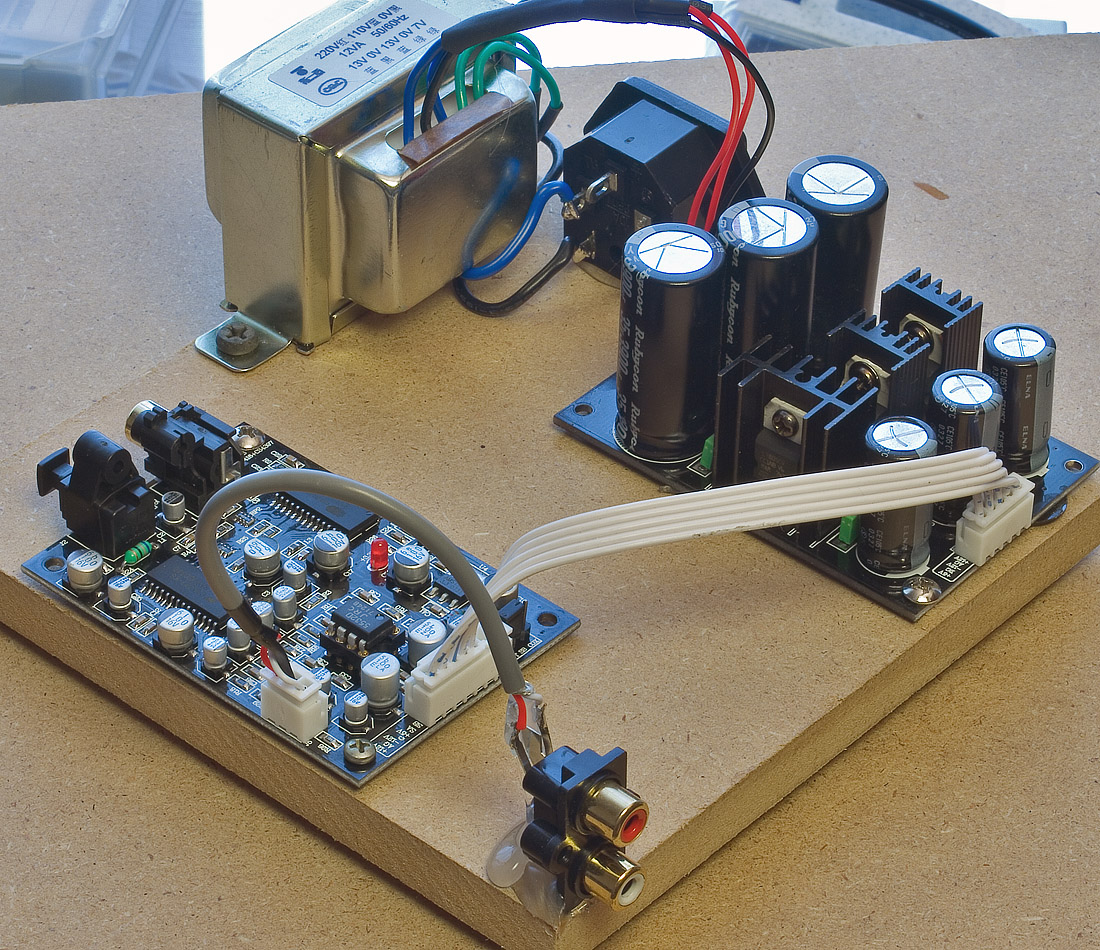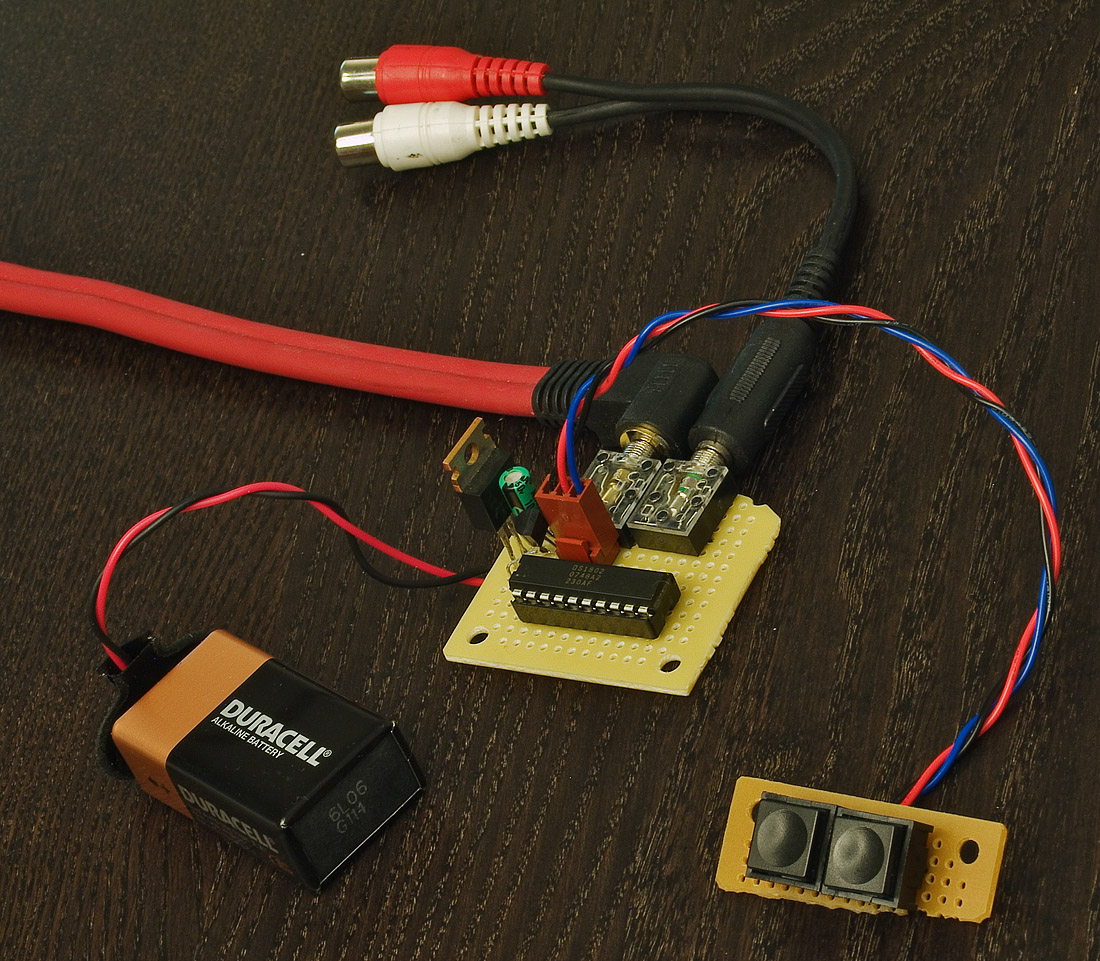gurusan
100+ Head-Fier
- Joined
- May 14, 2008
- Posts
- 318
- Likes
- 11
Quote:
Thanks, will do that next.
hmm, should have brought it with me to my electronics lab today...would have been interesting to put some load on it and see what shows on the oscilloscope.
Oh well.

Oh, and one other question. In a simple Vreg circuit as used on this noodle DAC psu, what is the function of the polysester caps on either side of the regulator? I have some really questionable looking .0033uF caps on there at the moment but have some .0047uF Wima MKS02 caps I was thinking of putting on there just for piece of mind? Also have LOTS of .33uF Wima MKP10 ?
| Originally Posted by mwofsi /img/forum/go_quote.gif gurusan, if you haven't already check your power supply by ensuring there's no short between the 12-0-12 inputs. If thats ok set up a resistor divider and connect a 9V batterry (less risk than using your 12V wallwart) to the supply. As long as the ground/0 position corresponds it won't matter which of the 12V inputs is +ve or -ve. Check for 5V at the output. |
Thanks, will do that next.
hmm, should have brought it with me to my electronics lab today...would have been interesting to put some load on it and see what shows on the oscilloscope.
Oh well.

Oh, and one other question. In a simple Vreg circuit as used on this noodle DAC psu, what is the function of the polysester caps on either side of the regulator? I have some really questionable looking .0033uF caps on there at the moment but have some .0047uF Wima MKS02 caps I was thinking of putting on there just for piece of mind? Also have LOTS of .33uF Wima MKP10 ?


















